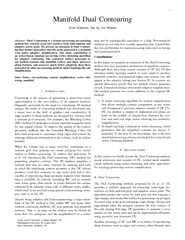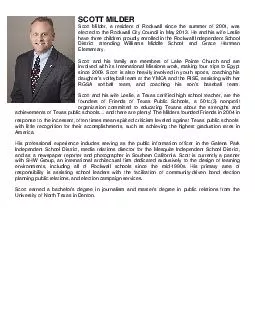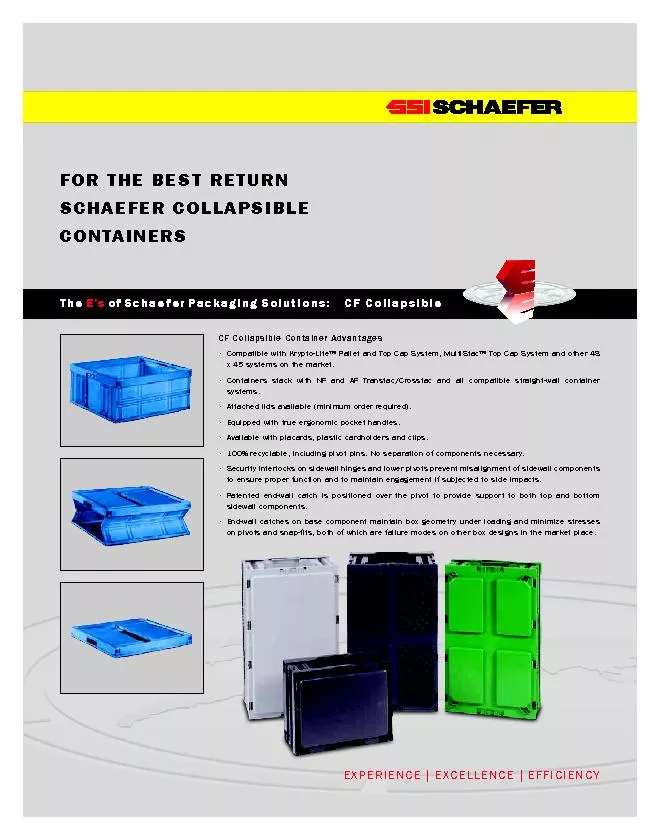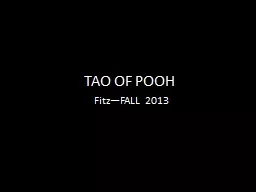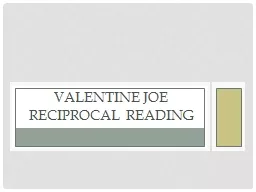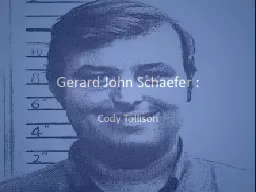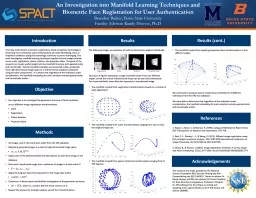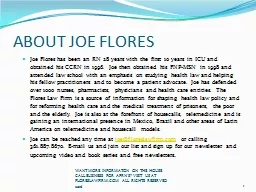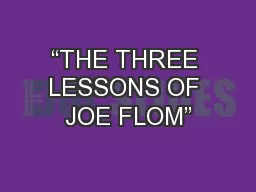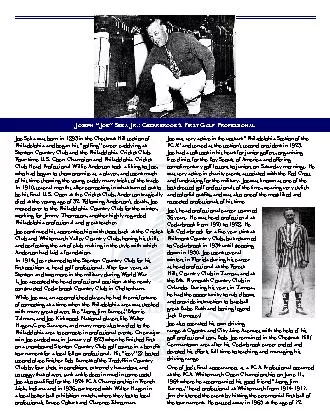PDF-Manifold Dual Contouring Scott Schaefer Tao Ju Joe War
Author : test | Published Date : 2015-05-21
We present an extension of Dual Contour ing that further guarantees that the mesh generated is a manifold even under adaptive simpli64257cation Our main contribution
Presentation Embed Code
Download Presentation
Download Presentation The PPT/PDF document "Manifold Dual Contouring Scott Schaefer ..." is the property of its rightful owner. Permission is granted to download and print the materials on this website for personal, non-commercial use only, and to display it on your personal computer provided you do not modify the materials and that you retain all copyright notices contained in the materials. By downloading content from our website, you accept the terms of this agreement.
Manifold Dual Contouring Scott Schaefer Tao Ju Joe War: Transcript
Download Rules Of Document
"Manifold Dual Contouring Scott Schaefer Tao Ju Joe War"The content belongs to its owner. You may download and print it for personal use, without modification, and keep all copyright notices. By downloading, you agree to these terms.
Related Documents

